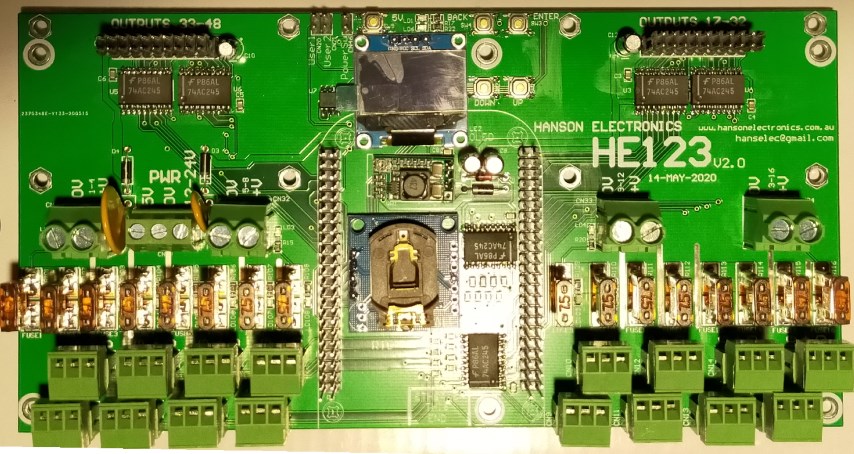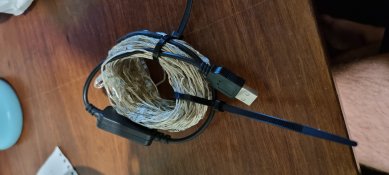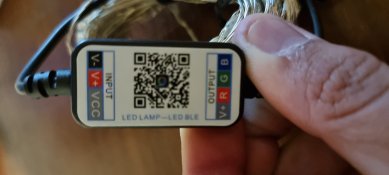MazdaDad
New elf
- Joined
- Jan 24, 2022
- Messages
- 9
Hi!
So I plan on running my system from a spare PC that I have laying around.
Hardware wise, what do I need?
I have been reading through the 101 and I'm getting so lost so quickly
If I can use some of my current lights that would be great.
I have a bunch of the Mirabella genio icycles and some plain strands. I also have a set of Bluetooth ones that I got from Masters before they shut down.
Will it be possible to use any of those? Or would I be better buying RGB pixels?
So I plan on running my system from a spare PC that I have laying around.
Hardware wise, what do I need?
I have been reading through the 101 and I'm getting so lost so quickly
If I can use some of my current lights that would be great.
I have a bunch of the Mirabella genio icycles and some plain strands. I also have a set of Bluetooth ones that I got from Masters before they shut down.
Will it be possible to use any of those? Or would I be better buying RGB pixels?






